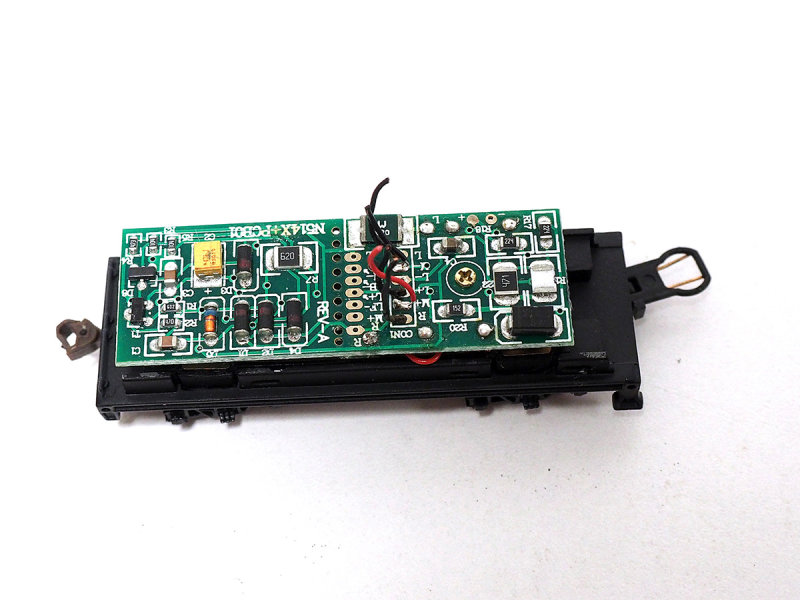You will need a sound decoder and speaker, perhaps some very fine flexible wire for the connections (tho' you might get enough wire for the install after trimming the leads on the decoder). There are several companies that make sound decoders small enough to fit into the 2-8-0 tender. Many like ESU Loksound decoders. I have been using Soundtraxx Tsunami 2 decoders in my N scale steamers (incl 2 Bachmann 4-6-0s and a 2-8-0, an FEF-3, and a challenger). Many use "sugar cube speakers" available from a number of sources (I have used those available from Streamline Back Shop AKA SBS).
Installing sound into a 2-8-0 is not terribly difficult... But there is no "drop-in" decoder (sound or otherwise) for the Bachmann 2-8-0, so converting to DCC plus sound will require "hard-wiring" the decoder and speaker. Altho' the older DC 2-8-0s had a removable weight under the loco shell that could removed to install a DCC decoder, I don't know that there is a sound decoder that would fit in the space in the loco. However, there is plenty of room in the tender for a sound decoder, speaker, and keep-alive capacitor.
I'm not going to give a step-by-step, since I haven't done this exact install (my 2-8-0 was one of the new releases, and I replaced the factory sound decoder and tender). However, you will need to route six wires between the tender and loco: 2 carrying left in right track power from the loco back to the tender, two carrying power from the decoder to the motor, and two carrying power from the decoder to the LED headlight (you may need to add a resistor to the LED circuit, to limit current and avoid blowing the LED). For more info, look at this thread: https://www.therailwire.net/forum/?topic=36608.msg435302#msg435302 . You can find more examples of DCC/sound installs into N-scale steam locos on other message boards, such as Trainboard, RailWire, and nScale.net.
Good luck!
Installing sound into a 2-8-0 is not terribly difficult... But there is no "drop-in" decoder (sound or otherwise) for the Bachmann 2-8-0, so converting to DCC plus sound will require "hard-wiring" the decoder and speaker. Altho' the older DC 2-8-0s had a removable weight under the loco shell that could removed to install a DCC decoder, I don't know that there is a sound decoder that would fit in the space in the loco. However, there is plenty of room in the tender for a sound decoder, speaker, and keep-alive capacitor.
I'm not going to give a step-by-step, since I haven't done this exact install (my 2-8-0 was one of the new releases, and I replaced the factory sound decoder and tender). However, you will need to route six wires between the tender and loco: 2 carrying left in right track power from the loco back to the tender, two carrying power from the decoder to the motor, and two carrying power from the decoder to the LED headlight (you may need to add a resistor to the LED circuit, to limit current and avoid blowing the LED). For more info, look at this thread: https://www.therailwire.net/forum/?topic=36608.msg435302#msg435302 . You can find more examples of DCC/sound installs into N-scale steam locos on other message boards, such as Trainboard, RailWire, and nScale.net.
Good luck!

